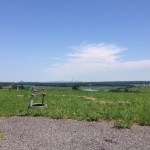
As a part of my internship, I went on a field trip to the Staten Island Transfer Station (SITS), one of the most notorious landfills in the country. As soon as we entered the area, I thought I would be hit by a wall of overwhelming garbage smell, but much to my surprise, it smelled like grass and flowers except for when we entered the building where the garbage is dropped off.
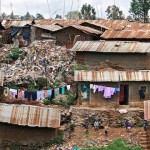
Learning about what makes it so that a flash flood of equal magnitude in Brooklyn only inconvenienced some people, and yet similar floods in Nairobi, Kenya last month led to property damage and loss of life is vital to understanding what coping mechanisms are effective.

When we think of a natural ecosystem, our minds immediately wander to tall prospering trees, clean flowing water and the plentiful flora and fauna that makes each of these ecosystems unique. But that’s not all there is to it.
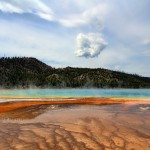
Death by cyanobacteria-made microtoxins is not pleasant. The toxins could damage the nervous system, especially anatoxin-a, also known as a Very Fast Death Factor. As the global temperature increases, concerns about the range of these toxins are growing.
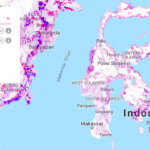
What can you see from space? Ed Lu, the science officer from Expedition Seven aboard the International Space Station, states that people can see an awful lot from space: ocean, desert, forest, glaciers, ; even things as small as a road, harbor and ships. And with rapid development of better sensors and remote sensing techniques, people have access to ever more information through the remote sensing images including monitoring forests. Today, scientists are developing an index to assess the healthiness, density and size of forests in Indonesia.
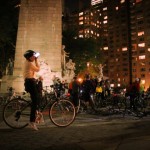
On a late night bike ride through Central Park, With street noise shielded by dense tree patches and distant city lights shimmering through, it feels like you have retreated from the roaring streets but are not totally cut off from the prosperous and glamorous urban life. You can enjoy the tranquility of country life even while the amenities of New York are within reachable distance. Spinning by lakes, hillocks and bridges at a mild pace, there is nothing unsafe to worry about — except dodging the horse-drawn carriages that occasionally roll by.

One of the most memorable characters from the cartoon series Charlie Brown is the faceless and prosaic teacher. Even though this character had no physical manifestation — no form, no dialogue — the caricature is memorable because of the frustration and giddiness it caused you to feel. No matter how eventful Charlie Brown’s day may have been, when he arrived at school, the teacher would motor on “wah-wah-wah-wah-wah,” inspiring the students to mutter to each other, “Are you getting anything of this?” Well, in a lot of adult learning situations, don’t you feel the same way?

Carbon capture and storage (CCS) has been a relatively controversial topic in recent times. Yet when it comes to human perspective, let’s be clear about one thing: people don’t usually know what’s good for them.

The relationship between climate change and economic development has often been overlooked or deemed improbable. However, as climate change becomes an increasing threat to society’s finite resources and as technological prowess grows, many have begun to uncover the potential between fostering fruitful conversation regarding climate change and our economical future.
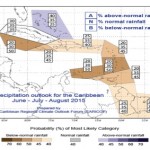
Flying into the eastern Caribbean region at the end of May, the lush green vegetation that would normally greet visitors from the skies above was visibly brown. This was the first indication that precipitation over the islands was below normal, a fact confirmed by the climatological reports from the various islands. But will the drought last through the rainy season?













